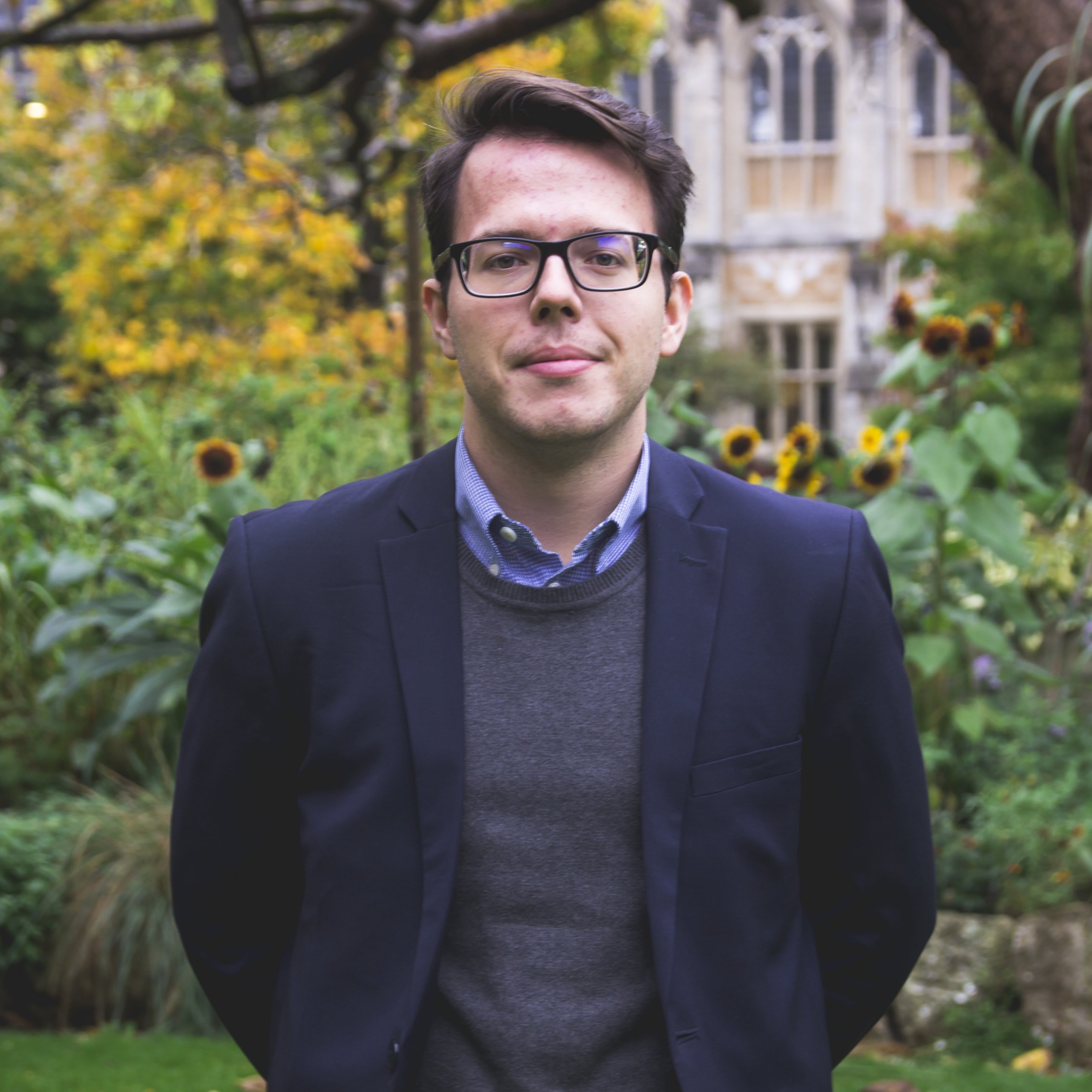Awaiting Christ’s return: a project of Mateusz Kusio (CRAC fellow)

At the earliest stages of its development, Christianity was animated by the hope for an immediate Parousia, i.e., for Christ’s return to earth, as well as the end of the current cosmic order. This eschatological attitude, which was of a piece with the apocalypticism of Second Temple Judaism, is clearly visible in the Pauline letters (see 1 Thess 4:17 which speaks about those ‘alive and left’ as participating in the Parousia) and in the Synoptic Gospels (e.g., Matt 16:28 where at least of Jesus’ audience are said to not die before his Second Coming).
However, already in the chronologically later layers of the New Testament, which date to the late first and early second century, one can sense a degree of anxiety relating to the delay of Christ’s return. It is this anxiety that the author of Revelation of John tries to counter with categorical assurances attributed to Jesus that claim that he would come back soon (Rev 22:7, 12, 20). A different approach to the problem is presented by the author of the Second Letter of Peter (almost certainly different from Peter the Apostle) who notes that some use the fact of the non-occurrence of the end of the world as anti-Christian polemic. He deploys exegetical and parenetic arguments to counter that accusation (2 Peter 3:1-12).
The question of the delay of the Parousia is not one often raised in early Christian literature, but neither was it solved in a decisive and satisfactory way, meaning that the problem would return in various forms. The New Prophecy movement, known also as Montanism from its founder’s name, gained popularity in the second and third centuries and was characterised by a return to prophetic practices and by intensified eschatology which found its expression in the belief that the New Jerusalem would soon descend in Phrygia. This can be understood as a reaction against the waning of the apocalyptic impulse in the early Christian communities. Later authors, such as Hippolytus and Lactantius, dated the Second Coming to around the year 500 CE, and hence several centuries after their own lifetimes.
By way of conclusion, one should also note that the early Christian eschatological discussions did not take place in an intellectual void. The veracity of prophecies and oracles was a live issue in the cultures of Jews, Greeks, and Romans. Cicero rejected divinatory acts as failing to provide any insight into the future. In his Delphic dialogues, Plutarch tried to come to terms with the cultural and philosophical implications of the demise of what had once been the most important oracle in Greece. Josephus refused to accept as true the messianic prophecies that circulated widely in Palestine in the first century CE. On the other hand, he presented himself as a prophet able to foresee Vespasian’s imperial ascent. The issue of verifying prophecies and their role in religion and politics had a transcultural significance and should be seen as such by scholars.

